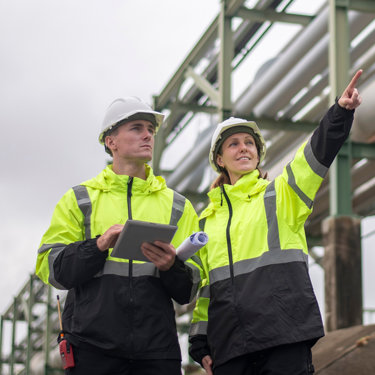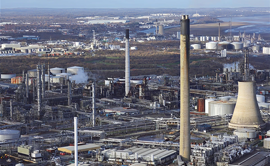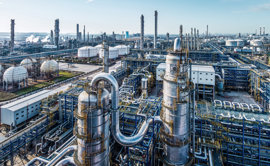Navigating key risks for COMAH site operators in the UK
Published: 8 January 2025
Operating a COMAH (Control of Major Accident Hazards) site in the UK is no small task. It involves navigating a complex landscape of safety protocols, regulatory requirements, and potential hazards.
Let's dive into the key challenges that COMAH site operators face every day. Whether you're a seasoned operator or new to the field, this exploration of the critical issues aims to provide practical insights on how to manage key risks effectively to keep your site safe and compliant.
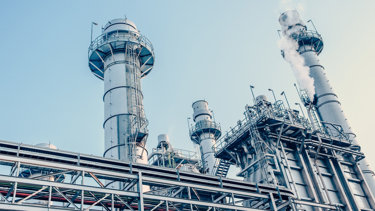
Asset integrity management
Keeping everything running smoothly at COMAH sites is all about asset integrity management. This means making sure all equipment and infrastructure are designed, maintained, and operated to avoid failures that could lead to major accidents. It's especially important in high-hazard industries where the stakes are high.
Mechanical failures, corrosion, erosion, and material fatigue are all potential risks – particularly with ageing infrastructure that is more likely to fail. These issues can cause loss of containment incidents, which have historically been behind a significant number of incidents at COMAH sites.
Regular inspections and maintenance: Routine checks and maintenance using non-destructive testing methods are key to identifying and fixing issues and extending the lifespan of your assets. Predictive maintenance technology, like sensors and telemetry, can monitor equipment in real-time, predict when maintenance is needed, and give early warnings of potential failures, catching problems that regular inspections might miss.
Upgrading and replacing ageing equipment: Old equipment should be regularly assessed and upgraded or replaced where necessary. Replacing ageing infrastructure with modern, reliable equipment reduces the risk of mechanical failures and boosts safety.
Complying with standards and regulations: Following industry standards and regulations, like those from the Health and Safety Executive (HSE), together with regular audits and compliance reviews will ensure your site meets all legal requirements.
Regulatory compliance
Staying on top of regulatory compliance is crucial for running a COMAH site in the UK. The Control Of Major Accident Hazards Regulations 2015 are there to make sure businesses do everything they can to prevent major accidents with dangerous substances and minimise the impact if something does go wrong.
If you don't comply with these regulations, you could face hefty fines, operational shutdowns, and more scrutiny from regulatory bodies. Plus, non-compliance can seriously damage your reputation and erode trust with stakeholders. The regulatory landscape is complex, and even unintentional slip-ups can have serious consequences.
Understanding the regulatory framework: The COMAH Regulations 2015 apply to sites storing or using dangerous substances above certain thresholds. These rules are enforced by the Health and Safety Executive and relevant environment agencies. Operators need to know the specific requirements for their site, including notifications, safety reports, and emergency planning.
Regular audits and inspections: Regular internal audits and inspections help ensure compliance with regulations. A proactive approach can catch potential issues early and utilising third-party auditors can provide an objective view and useful recommendations.
Comprehensive staff training: Keeping all employees well trained in regulatory requirements and safety procedures is essential. Regular training sessions and updates on regulatory changes help maintain high awareness and competence. Training should cover emergency responses, handling dangerous substances, and the importance of compliance.
Documentation and record-keeping: Maintaining thorough and accurate records is crucial for demonstrating compliance. This includes safety reports, risk assessments, maintenance activities, and training sessions. Good documentation helps track compliance efforts and provides evidence during inspections.
Collaboration with compliance experts: Compliance experts can help you navigate the complex regulatory landscape, offering guidance on best practices, assisting with regulatory submissions, and ensuring all requirements are met. Regular consultations with legal and environmental advisors can help you to stay updated with regulatory changes.
Emergency planning and preparedness: Developing and regularly testing emergency plans is key to regulatory compliance. These plans should address potential major accident scenarios and outline procedures for protecting people and the environment. Collaborating with local authorities and emergency services ensures effective management of off-site consequences.
Risk assessment and management
Risk assessment and management are critical to keeping COMAH sites safe. This means spotting potential hazards, assessing the risks they pose, and putting measures in place to deal with them. Good risk management helps prevent major accidents and minimises their impact if they do happen.
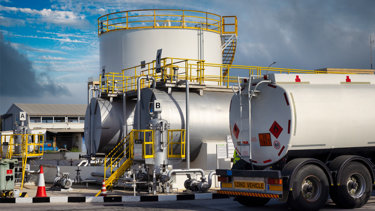
If your risk assessment and management aren't up to scratch, you could face unanticipated accidents, poor emergency preparedness, and missed opportunities to mitigate known hazards. These issues can lead to serious consequences, like loss of life, environmental damage, and hefty financial losses.
Comprehensive risk assessments: A thorough assessment of all aspects of your operation to identify potential hazards is the first step. This includes everything from handling dangerous substances to maintaining equipment. Using methods like HAZOP, FMEA, and LOPA can give you a detailed understanding of the risks.
Scenario planning and worst-case analysis: Develop scenarios for potential major accidents, including worst-case situations. This helps you understand all possible outcomes, both on-site and off-site. Regularly update these scenarios to keep them relevant.
Implementing mitigation measures: Once you've identified risks, put the right measures in place to mitigate them. This could be engineering controls like containment systems or administrative controls like safety protocols. Regular testing and maintenance of these measures are crucial.
Emergency response planning: Have a solid emergency response plan that outlines how to handle different types of incidents, like fires or chemical spills. Regular drills and training ensure everyone knows what to do in an emergency.
Continuous monitoring and review: Risk management is an ongoing process. Regularly assess how effective your mitigation measures are and adjust as needed. Using advanced technology like real-time sensors can help you detect and respond to hazards quickly.
Environmental impact
COMAH site operators have significant environmental responsibilities. They need to prevent contamination and manage any incidents to protect ecosystems, public health, and comply with regulations.
Major accidents can cause severe environmental damage, like air, water, and soil contamination. Such incidents can have long-lasting effects on local ecosystems and can pose health risks to nearby communities.
Environmental risk assessments: Conducting thorough environmental risk assessments helps identify potential contamination sources and their impact. Tools like GIS and environmental modelling can show how contaminants might spread.
Emission control: Using advanced emission control technology, like scrubbers and filters, can reduce harmful emissions. Regular monitoring ensures these controls work effectively.
Waste management Properly storing, handling, and disposing of hazardous waste prevents contamination. Recycling and reusing materials can also cut down on hazardous waste.
Spill prevention and response: Regular maintenance and secondary containment systems help prevent spills. A solid spill response plan ensures quick containment and cleanup. Regular drills keep staff prepared.
Water and soil protection: Protecting water and soil involves using impermeable liners, inspecting containment systems, and monitoring groundwater. Quick response measures, like booms and absorbents, can stop contaminants from spreading.
Compliance with environmental regulations: Following environmental regulations is key to preventing and mitigating major accidents. Regular audits and reviews help maintain compliance and improve practices.
Unlocking COMAH site safety and compliance
Operating a COMAH site involves navigating complexity and addressing a wide range of challenges, from maintaining asset integrity and ensuring regulatory compliance to managing environmental impacts and preparing for emergencies. Each of these areas is crucial for preventing major accidents and minimising their consequences.
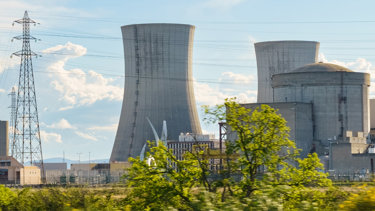
We understand the unique demands of COMAH site operations and offer a range of comprehensive services to help you manage these critical areas effectively. Our expertise in asset management, regulatory compliance, risk assessment, and environmental protection ensures that your site operates safely, efficiently, and compliantly.
Partnering with us means benefitting from our extensive experience and commitment to excellence. Together, we can safeguard your operations and protect the environment.
More from our Knowledge Hub
Environmental compliance today, creating a sustainable tomorrow
Helping you reduce risk to the environment and your operation by managing assets compliantly while achieving commercial, ESG, and net-zero goals.
Contact our experts